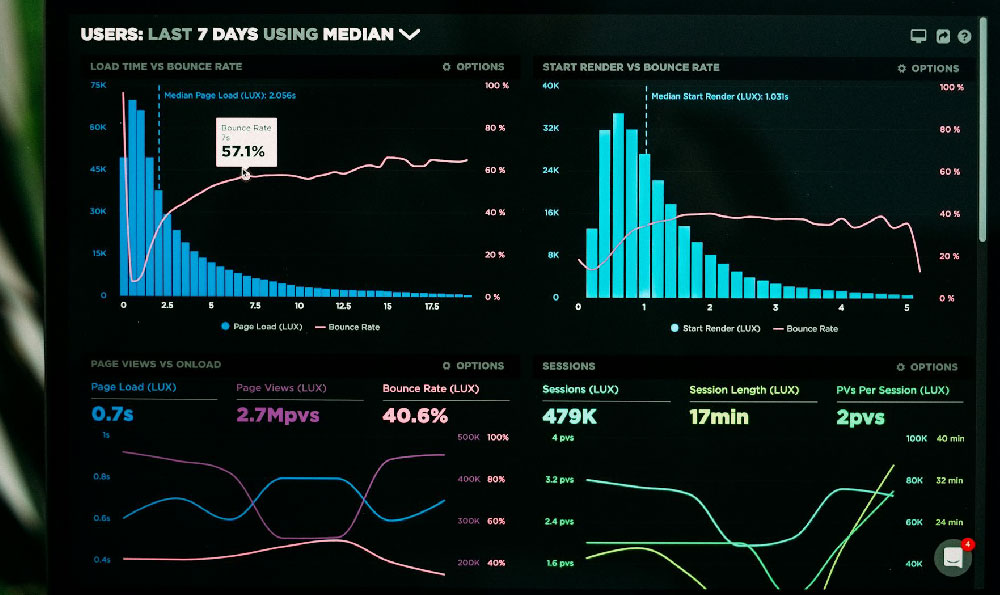Okay, I'm ready. Here's an article addressing the question of how to begin investing in stocks, aiming for depth and practical guidance, avoiding excessive list-like formatting and direct title repetition.
Embarking on the Stock Market Journey: A Beginner's Compass
The allure of the stock market is undeniable: the potential for growth, the ownership stake in promising companies, and the contribution to the overall economic engine. However, for a newcomer, the sheer volume of information, jargon, and seemingly complex strategies can be daunting. The key is to approach it methodically, building a solid foundation of knowledge and crafting a strategy tailored to your individual circumstances.

The first, and arguably most critical, step is self-assessment. Before even considering a specific stock, you must understand your risk tolerance, financial goals, and time horizon. Are you a cautious investor seeking stability, or are you comfortable with higher volatility in pursuit of potentially larger returns? Are you saving for retirement in 30 years, or a down payment on a house in five? Your answers to these questions will fundamentally shape your investment choices. A younger investor with a long time horizon can typically afford to take on more risk, potentially allocating a larger portion of their portfolio to stocks, while someone nearing retirement might prioritize capital preservation with a greater emphasis on bonds or other lower-risk assets.
Once you've established your investor profile, the next step involves mastering the basics. This means understanding key financial terms like earnings per share (EPS), price-to-earnings ratio (P/E ratio), dividend yield, and market capitalization. These metrics provide valuable insights into a company's profitability, valuation, and size, allowing you to make more informed decisions. Furthermore, understanding different types of stocks – growth stocks, value stocks, dividend stocks, and small-cap, mid-cap, and large-cap stocks – will enable you to diversify your portfolio and align it with your specific objectives. Numerous online resources, including reputable financial websites, investment platforms, and educational courses, can help you build this foundational knowledge. Don't underestimate the power of reading books on investing – classics like "The Intelligent Investor" by Benjamin Graham or "One Up On Wall Street" by Peter Lynch offer timeless principles applicable to any market environment.
Following the foundational stage, the next decision point involves choosing your investment vehicle. Will you opt for individual stocks, mutual funds, or exchange-traded funds (ETFs)? Each option presents its own set of advantages and disadvantages. Investing in individual stocks offers the potential for higher returns but requires significant research and ongoing monitoring. You become responsible for identifying promising companies, analyzing their financial statements, and staying abreast of industry trends. This approach demands a substantial time commitment and a deeper understanding of financial analysis.
Mutual funds, on the other hand, pool money from multiple investors to purchase a diversified portfolio of stocks (or other assets) managed by a professional fund manager. This provides instant diversification and professional expertise but comes at the cost of management fees and potentially lower returns compared to successful individual stock picking. ETFs are similar to mutual funds but are traded on stock exchanges like individual stocks. They typically have lower expense ratios than mutual funds and offer greater flexibility in terms of trading. Index ETFs, which track a specific market index like the S&P 500, are a popular choice for beginners due to their low cost and broad diversification. Sector ETFs allow you to target specific industries or segments of the economy that you believe will outperform.
Choosing a brokerage account is another crucial step. Several online brokers offer commission-free trading and a range of investment options, making it easier and more affordable than ever to get started. Consider factors like the platform's user interface, research tools, educational resources, and customer support when making your decision. Start with a small amount of capital that you are comfortable losing. This allows you to learn the ropes without risking a significant portion of your savings. As you gain experience and confidence, you can gradually increase your investment amount.
Once you've funded your account and chosen your investment vehicle, it's time to start researching specific companies or funds. For individual stocks, delve into their financial statements, analyze their competitive landscape, and understand their growth prospects. For mutual funds and ETFs, examine their historical performance, expense ratios, and underlying holdings. Don't rely solely on recommendations from friends or online forums; conduct your own due diligence.
Finally, remember that investing in the stock market is a long-term game. Don't get discouraged by short-term market fluctuations. Focus on building a diversified portfolio of high-quality assets and staying disciplined with your investment strategy. Regularly review your portfolio and rebalance it as needed to maintain your desired asset allocation. Consider setting up automatic investments to take advantage of dollar-cost averaging, which involves investing a fixed amount of money at regular intervals, regardless of market conditions. This strategy can help you buy more shares when prices are low and fewer shares when prices are high, potentially leading to better long-term returns. Be patient, be disciplined, and continue to learn and adapt as the market evolves. With a solid foundation of knowledge and a well-defined strategy, you can navigate the stock market successfully and achieve your financial goals. Remember that seeking professional financial advice is always a prudent step, especially when navigating complex investment decisions.











